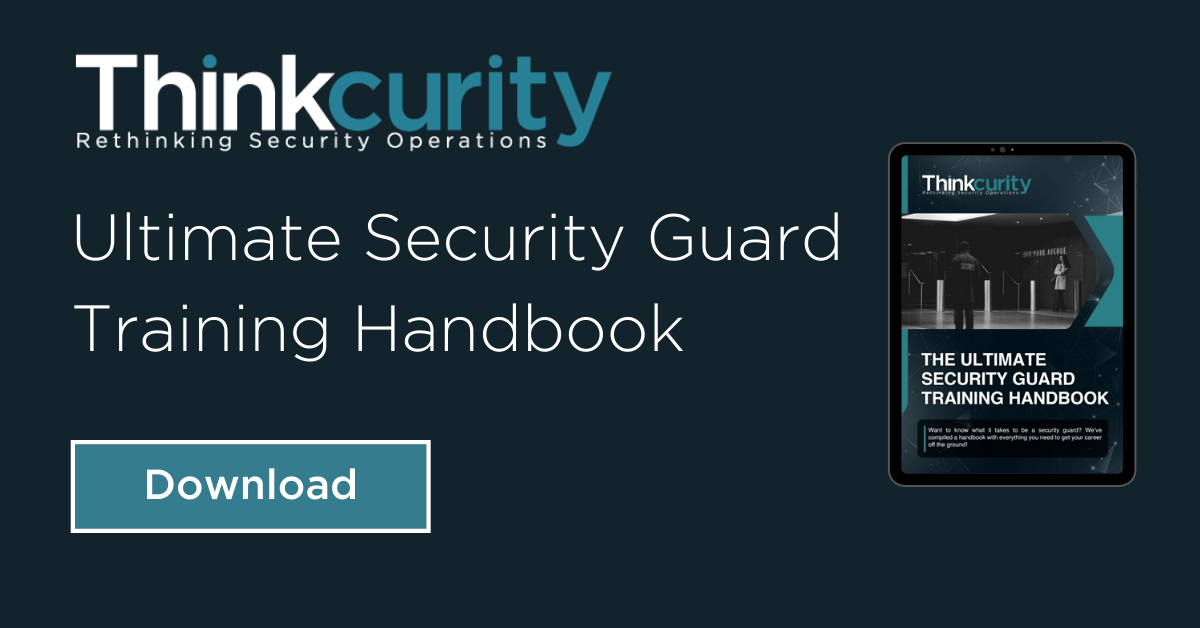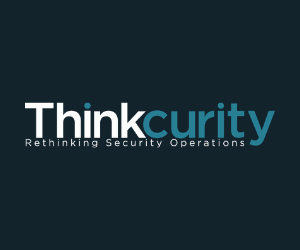In the Physical Security industry, perhaps no other skill is more important than situational awareness. The ability to understand your surroundings, make decisions based on the current conditions, and process the outcomes in advance is a key skill needed to be successful as a security professional.
What Is Situational Awareness?
The concept of situational awareness revolves around being aware of your surroundings, which includes the following:
- Where you’re supposed to be
- Where you are
- If there is a threat to your safety or health
Our own experience, education, and knowledge allow us to understand what’s happening around us and can help to determine whether a situation is safe or not. But, as a result, everyone’s situational awareness level differs from one another.
Why Does it Matter?
As a security guard or a professional in the industry, it’s vital that you know the problems you may face and how serious each one is. Lacking or temporarily losing your situational awareness can lead to dangers and accidents associated with your job as a guard.
How to Improve Your Situational Awareness
There are a few simple and achievable ways in which you can improve the level of your situational awareness. First, practice the following to ensure you’re more aware of everything that goes on around you every day.
Be Aware of Your Surroundings
This is an important rule that everyone is familiar with and is typically used for personal safety. For instance, whenever you’re walking at night, you must be aware of what’s around you while being prepared to react to any threats.
However, situational awareness doesn’t just pertain to personal safety but also plays a crucial role in your role as a security professional, which can affect the outcome of a critical situation.
Mental state
Your mental state can affect how effective your situational awareness is — be sure to engage your mind before you take any action. Be sure to make a mental assessment of your working environment and look for points that may need your attention.
Physical State
Ask yourself if there’s anything around that may threaten your safety and health and analyze the extent of danger it poses. Then, think about what you can do to reduce the threat of returning safely to your regular duties.
Emotional State
If you see a hazard while working or see that something is unsafe, don’t ignore it — take responsibility and react by dealing with it. However, if you feel that you’re in immediate danger or that your health and safety are compromised, stop working immediately and tell your supervisor.
People Around You
Look around your workplace, locate the hazards to you and your team, and report them to your supervisor. Be sure to assess how these hazards will affect you and the people around your workplace and tell your supervisor the steps that may help to secure the situation.
Signs/Symbols that Indicate Danger
If you’re working on your own and spot someone who exhibits the following signs, you may be in danger, so be sure to stay alert and try to get in contact with your supervisor:
- Intimidation
- Threats to kill
- Violence
Situational Awareness Training Tools
Here are tools you can use to help improve your situational awareness:
Visualization
Visualization can help you prepare for times of danger. This information exchange and communication form allows you to recognize threats and better understand how things are related.
Mental Rehearsal
This step allows you to play out accidents in your mind and will help you become better prepared for real-life situations. A combination of knowledge, experience, and observations will help to give you a better understanding of different situations.
Observation
Observing your surroundings will allow you to focus on the context of the situation, analyze what’s happening around you, and determine the demeanor of others. Be sure to pay attention to the most critical aspects of your environment and know what to look for and why they are crucial.
Physical Security and Situational Awareness
Situational awareness is closely linked to physical security. We can use situational awareness to make decisions, but it’s only as good as our perception or understanding of a particular situation.
Unfortunately, what we perceive to be happening may not be the reality — how we see a situation can be influenced by the following:
- Our own experience
- Information you’ve been given
- Distractions in the workplace
The Importance of Situational Awareness in Physical Security
Situational awareness is essential for everyone — but as a security guard, you need to be aware of your surroundings and any potential hazards that may be around you. It’s also vital to know about the problems you might face daily and how severe such threats are.
How Does This Play a Role in the Safety of Security Guards
Situational awareness will vary from person to person, along with the wise tools available to you. These tools can include:
- Binoculars or thermal imaging
- Radio contact
- Statistical data
- Video analytics
- CCTV
- And more
These tools can help you better understand the environment around you and will contribute to improving your situational awareness.
What Does a Security Firm Need to do to Prepare their Guards
Because security guards are constantly putting their lives in danger by serving to protect their workplace, security firms need to ensure that their guards are well prepared for any situation.





